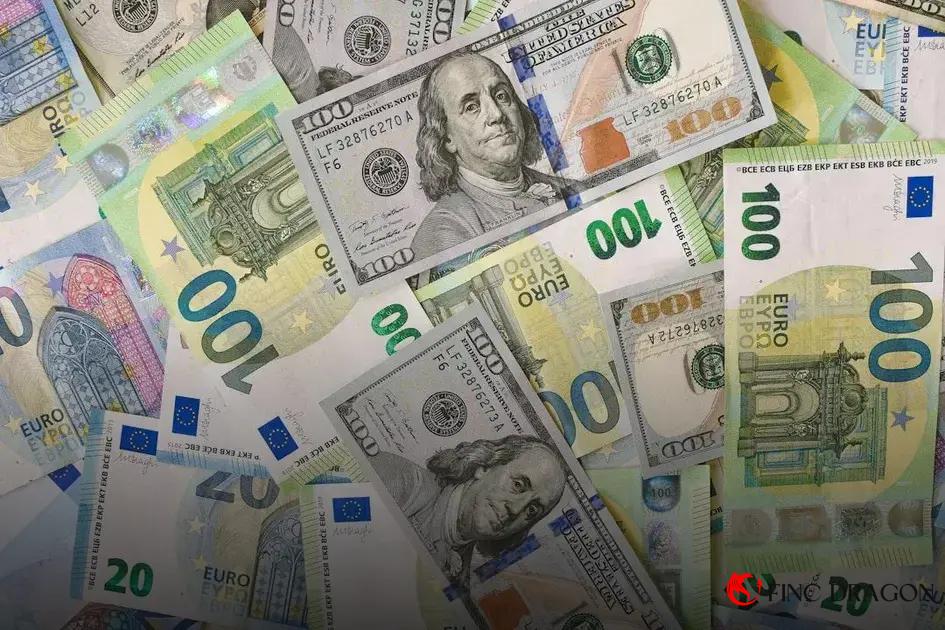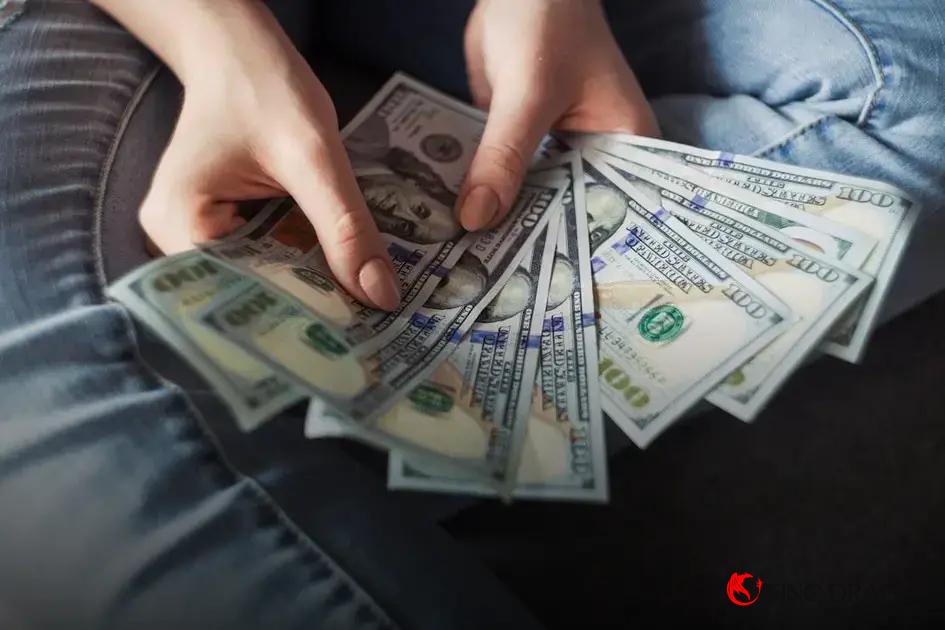Understanding economic bubbles is crucial for any investor or policy maker. These phenomena occur when asset prices surge beyond their intrinsic value, fueled by exuberant market behavior and investor speculation. Financial bubbles often lead to crashes, causing economic turmoil and losses. In exploring reasons like speculation, herd behavior, and irrational exuberance, it’s vital to recognize a bubble before it bursts. Additionally, reviewing historical examples provides insight into common patterns. In this post, we’ll explore how economic bubbles arise and share strategies to avoid them, safeguarding your investments and promoting stability.
The Genesis of Economic Bubbles
Economic bubbles have a way of capturing public attention, often leading to significant financial upheaval. Understanding their genesis is key to navigating and mitigating their impacts. Historically, bubbles often start with a compelling economic prospect that captures the imagination of investors. This can be anything from revolutionary technology to dramatic shifts in resource valuation.
The initial phase of a bubble generally involves a real economic improvement. This improvement triggers increased investment from both seasoned financiers and new entrants drawn by the prospect of easy gains. During this time, prices begin to rise, sometimes based on factual potential, other times on overhyped expectations.
The euphoria associated with early gains leads to a feverish accumulation of assets. As more individuals seek to capitalize on rising prices, they drive the prices even higher, effectively fueling the bubble. At this stage, anybody analyzing the market should start paying attention to the underlying fundamentals.
It is crucial to realize that at the heart of every bubble lies a disconnect between price and value. Enthusiasm and optimism tend to overshadow the rational evaluation of investments, leading to an inevitable correction. Recognizing
the dangers inherent in unchecked market enthusiasm
is central to economic foresight.
Key Indicators of an Emerging Bubble

An economic bubble can be difficult to spot, but there are key indicators that typically precede its occurrence. Keeping a vigilant eye on these signs can provide crucial insights into economic trends.
Excessive Asset Valuation
One of the earliest signs of a potential bubble is excessive valuation. This happens when the prices of assets rise significantly above their intrinsic value. Investors, driven by optimistic expectations of future returns, continue to pour money into these overvalued assets, further inflating the bubble.
Surge in Speculative Investments
Another indicator is a sudden increase in speculative investments. During this phase, many individuals invest not based on the inherent value of an asset but on the belief that they can sell it at a much higher price. This speculative approach is often fueled by market hype and media coverage.
Increased Borrowing and Leverage
The availability of easy credit and a rise in borrowing and leverage can also signal a burgeoning bubble. When investors borrow excessively to invest, the risk of default increases once market sentiments turn.
Herd Behavior and Market Euphoria
Another red flag is when herd behavior starts taking over, and a sense of euphoria pervades the market. When everyone seems to be investing in the same asset class with little concern for risk, it might be a sign that a bubble is forming. This behavior can amplify the impact once the bubble bursts.
Divergence from Economic Fundamentals
A noticeable gap between asset prices and economic fundamentals is a classic bubble indicator. For instance, if stock prices are skyrocketing while company earnings remain stagnant, it raises questions about the sustainability of such valuations.
Recognizing these signs early can help investors make informed decisions and avoid falling prey to the adverse effects of an economic bubble.
Historical Examples of Economic Bubbles
The history of economic bubbles is filled with dramatic rises and falls, often serving as cautionary tales for the future. One of the most famous examples is the Tulip Mania in the Netherlands during the early 17th century. At its peak, the price of a single tulip bulb soared to levels higher than the average annual income of a skilled worker. The collapse was as swift as its rise, leaving many in financial ruin.
Moving forward to the 18th century, the South Sea Bubble in England is another classic case. The South Sea Company was a joint-stock company promising immense profits from trade in South America. Speculators eagerly bought shares, inflating the prices to unsustainable levels before they ultimately crashed, leading to widespread losses.
In the 20th century, the Dot-com Bubble of the late 1990s and early 2000s highlighted the dangers of speculative investments in rapidly growing sectors. The rapid expansion of internet-based companies led to a surge in stock prices. When reality set in about the unsustainable business models of many companies, the bubble burst, and trillions in market value evaporated.
Understanding these historical examples sheds light on why economic bubbles form and the aftermath of their inevitable bursts. Each example underscores the importance of cautious investment and the risk of speculative behavior.
Effective Strategies to Avoid Bubbles

When it comes to sidestepping the economic turmoil often caused by bubbles, understanding and implementing effective strategies is crucial. One of the primary strategies is diversification. Investors should spread their assets across a wide range of industries and regions. This reduces the risk of significant losses if one market begins to decline.
Moreover, staying informed about the underlying fundamentals of assets can offer better insights into their actual value. This involves analyzing key metrics such as earnings, cash flow, and growth potential. By focusing on these basics, rather than market hype, investors can make more rational decisions.
Another effective approach is maintaining an awareness of market sentiment. This means keeping a close watch on the emotions driving market behaviors. Often, bubbles are fueled by excessive optimism and a bandwagon effect. Being cautious about joining trends without substantial evidence can prevent exposure to overinflated markets.
It’s also important to establish exit strategies. By setting predetermined points at which you’ll sell your investments, you can avoid the trap of holding onto assets for too long. This can be achieved through stop-loss orders or by regularly reviewing your portfolio.
Financial experts also recommend stress testing your portfolio. This involves assessing how your investments would perform under different economic scenarios. Through stress testing, investors can identify potential vulnerabilities and adjust their strategies accordingly.
Finally, continuous education and professional advice play a critical role. Keeping up-to-date with economic news and trends enhances your ability to foresee changes before they escalate. Consulting with financial experts can also provide valuable insights and a second opinion on complex investment matters.





